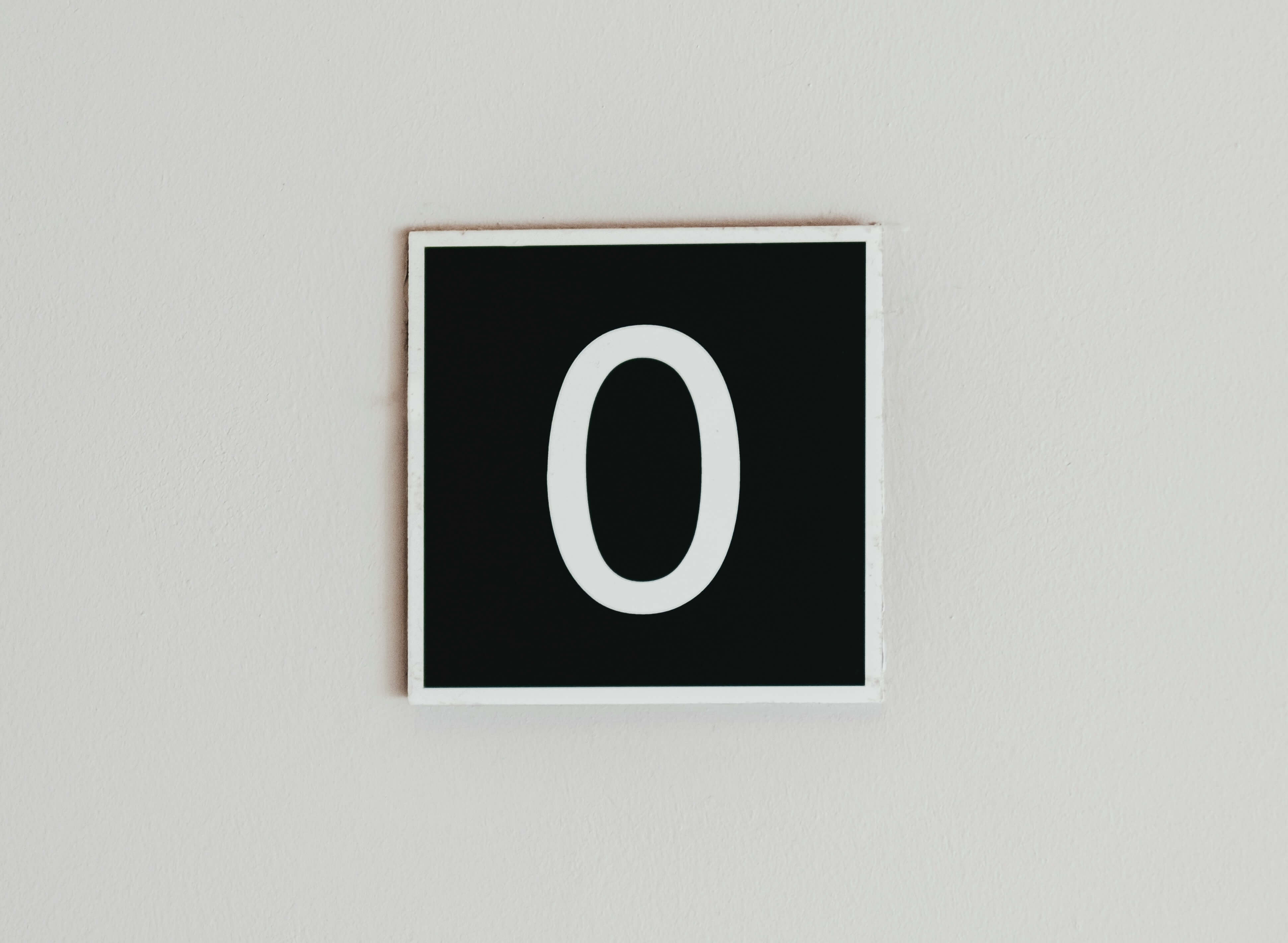The IKEA Effect: Don’t Overvalue Positions You’ve Built Yourself
Managers spend considerable time evaluating an investment, and once it goes into the portfolio, the "effort" put into a name grows, as does its perceived value. Coming up with explicit price targets may be one of the best ways to mitigate this bias.
IKEA is known for shipping cheap furniture to their customers’ doorsteps to assemble themselves. Unsurprisingly, we end up valuing things we build ourselves more than those we haven’t invested our time and energy into. I came across a study while reading an article by Howie Mann (Norton, Mochon, and Ariely 2011) measuring just how much additional value we add to something we’ve built ourselves.
They performed two experiments. In the first, people who built an IKEA box valued it 63% higher than others that hadn’t. In the second experiment, people who constructed origami valued it 360% more than those that had not built it themselves.


The first step in fixing a problem is admitting there is a problem. In investing, managers spend considerable time and energy evaluating an investment. Once it goes into the portfolio, the “effort” put into a name grows and so does the perceived value. Keep this in mind when comparing existing ideas to new ideas or comparing one of your own ideas to one of your colleagues. Coming up with explicit price targets may be one of the best ways to mitigate this bias because it forces assets to be objectively judged and analyzed in ways that subjective assessment does not.
.svg)





.png)

